Portland’s Revolutionary New Airport Terminal Is Like Stepping into the Lush Pacific Northwest Forest
The new main terminal is a triumph of tradition and sustainability.
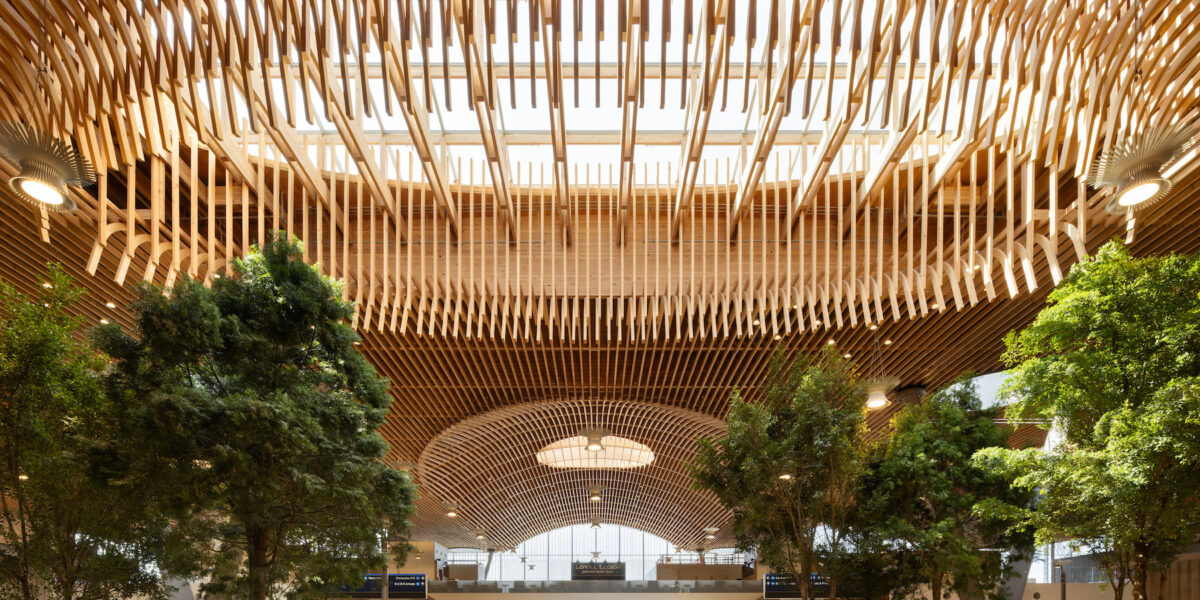
Portland International Airport’s new main terminal officially opened today, marking a notable moment in architectural and environmental history. More than just a stunning state-of-the-art transit hub, the project is a fusion of contemporary design and the cultural legacy of the Pacific Northwest’s Native tribes. The forest-to-frame terminal is the first major building project in the United States to prominently feature Native-grown and harvested wood and is the largest mass timber construction of its kind.
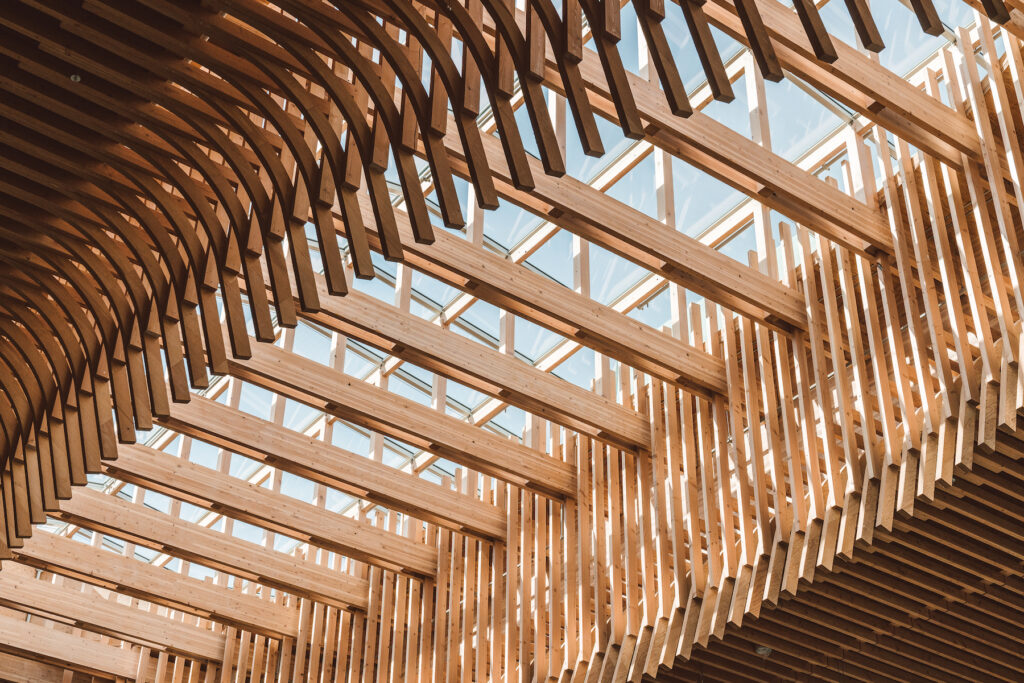
Photo courtesy Port of Portland
It’s perhaps no surprise that the project is in Oregon, already a leader in the regenerative travel industry. Designed by ZGF for the Port of Portland, the terminal’s striking nine-acre roof is constructed entirely from Douglas fir. These materials were carefully selected and harvested by four local tribes: the Yakama Nation, the Coquille Indian Tribe, the Skokomish Indian Tribe, and the Cow Creek Band of Umpqua Tribe of Indians, all of which have a heritage of forestry and land management that inherently emphasizes environmental sustainability and community welfare. The materials were sourced via selective logging methods historically practiced by these tribes such as harvesting specific trees or using those felled by natural causes, which ultimately helps reduce wildfire risks and enhance climate resilience.
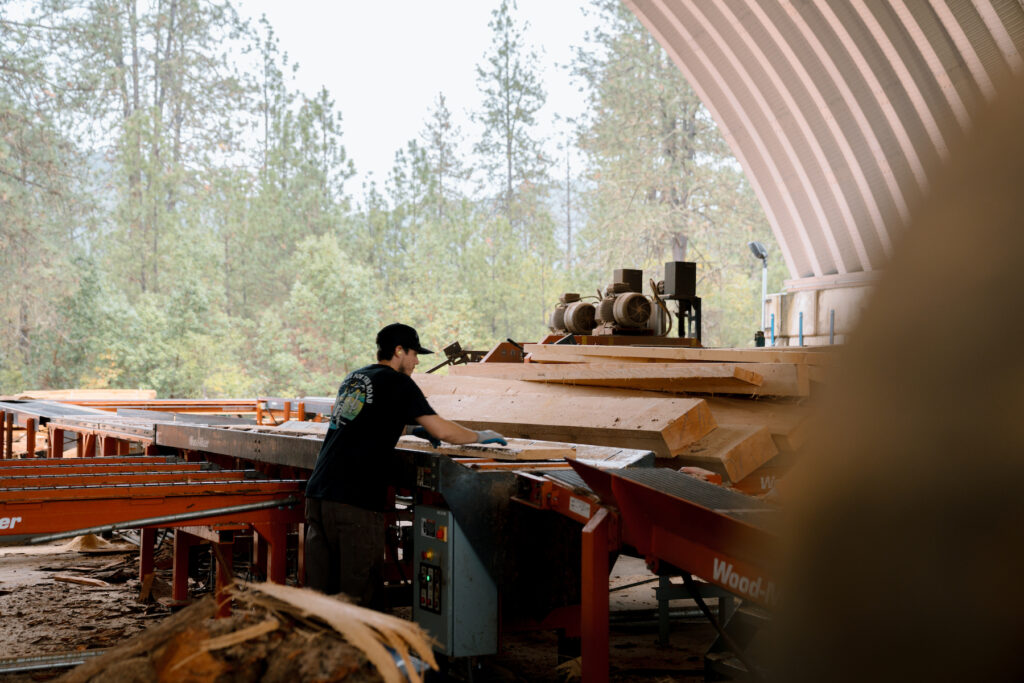
Photo courtesy Port of Portland
“I think forest management is a very misunderstood issue. With the wildfires happening and increasing in the state of Oregon and around the nation, we have to start talking about how best to manage these lands sustainably, holistically, and these types of projects afford the opportunity to start having these types of conversations,” says Brenda Meade, Chair of the Coquille Indian Tribe.
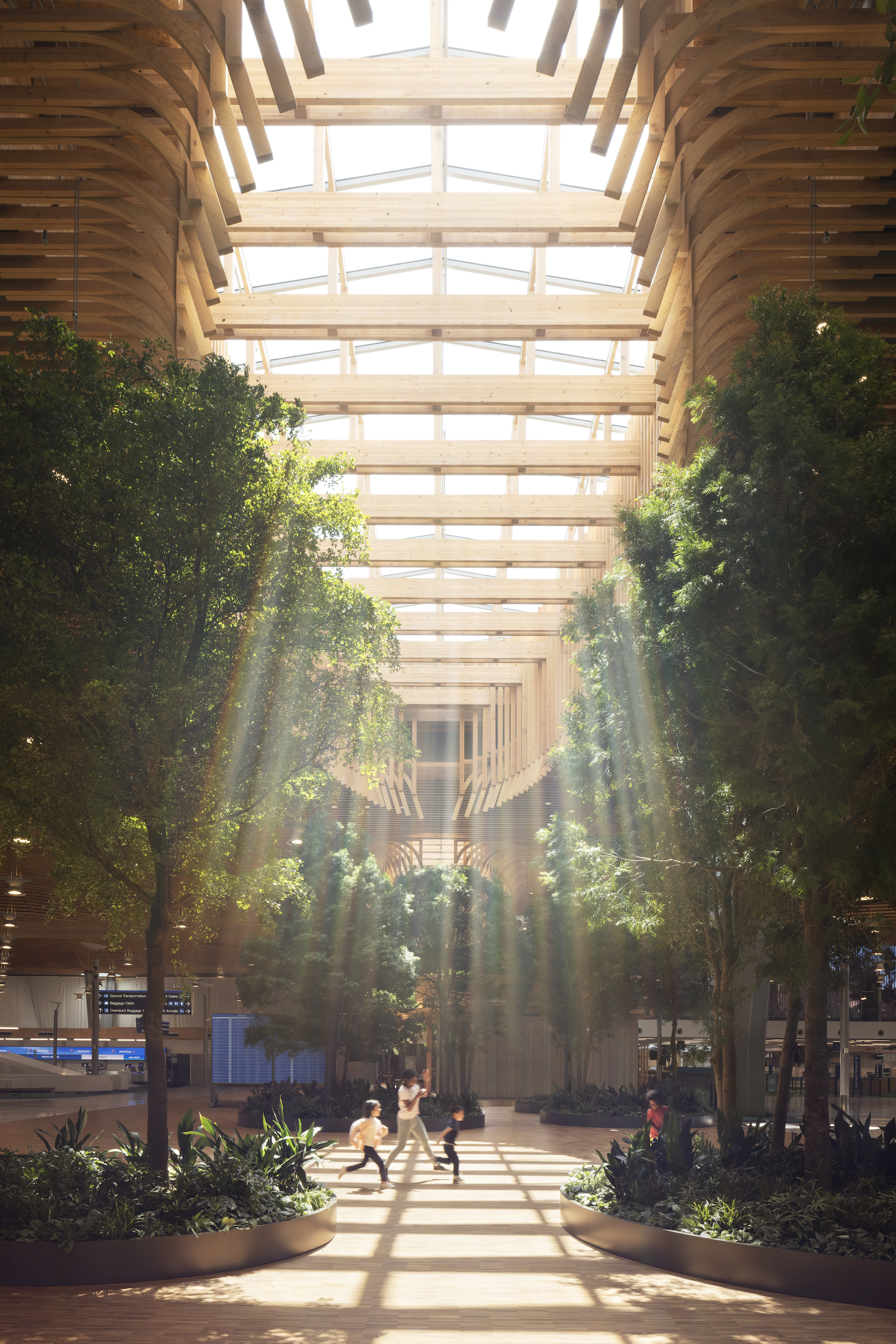
Photo courtesy of Port of Portland
Executing the build of the new main terminal was no minor feat, especially considering the airport had to remain operational during the construction. The assembly of the roof had to take place on an empty airfield. It was then slowly moved piece by piece to avoid disrupting operations. But the result will hopefully be as iconic as the PDX airports’ Instagram-famous kitschy carpet.
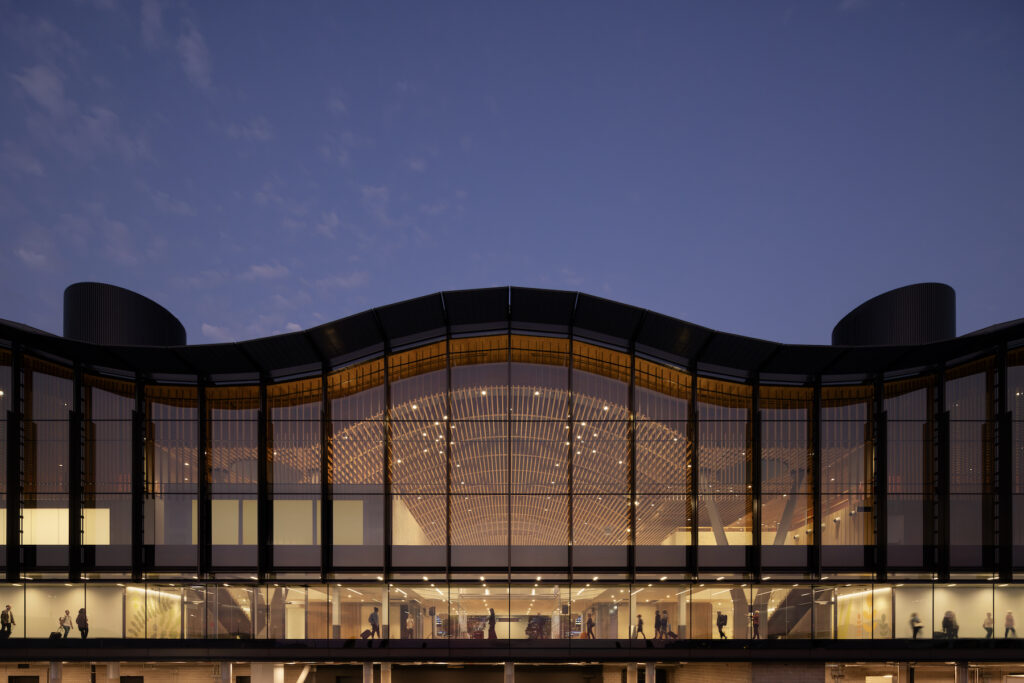
Photo courtesy Port of Portland
“I am hoping that travelers will take the time to learn, appreciate, and respect our natural resources and the communities that are here in the Northwest. It is important that people understand the history of where they are and the people that come from this land,” says Cristy Fiander, Resource Manager for Yakama Forest Products. “Tribal people are still here and have a deep connection to the land and resources. We are taught to think about the seven generations behind us and seven generations in front of us.”